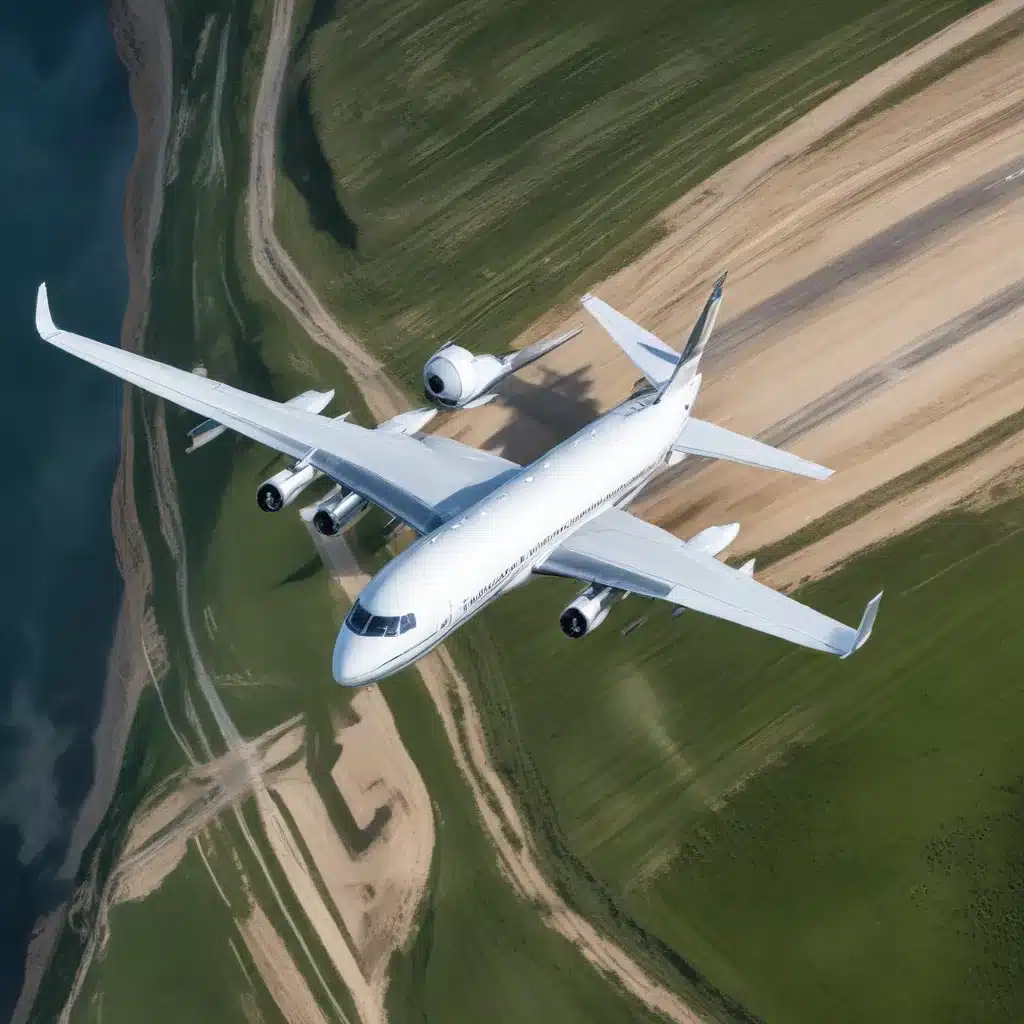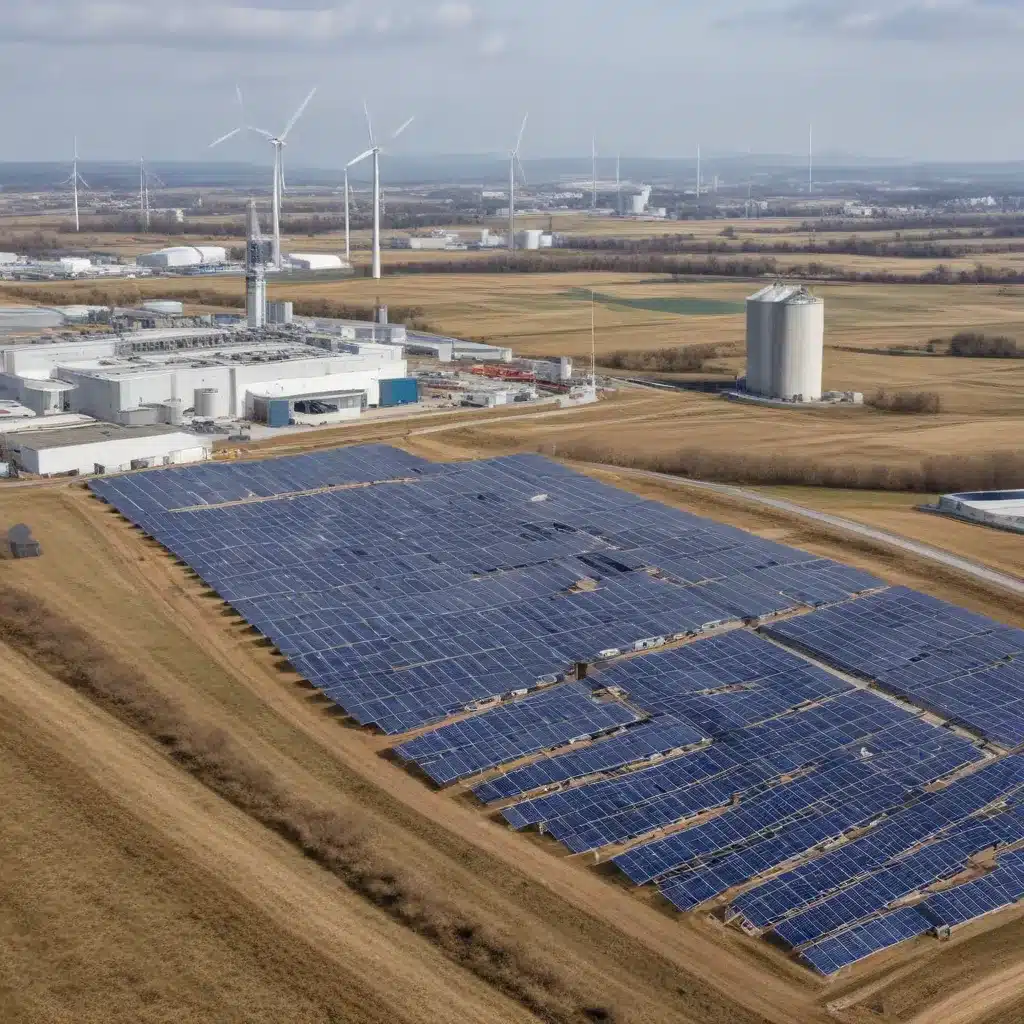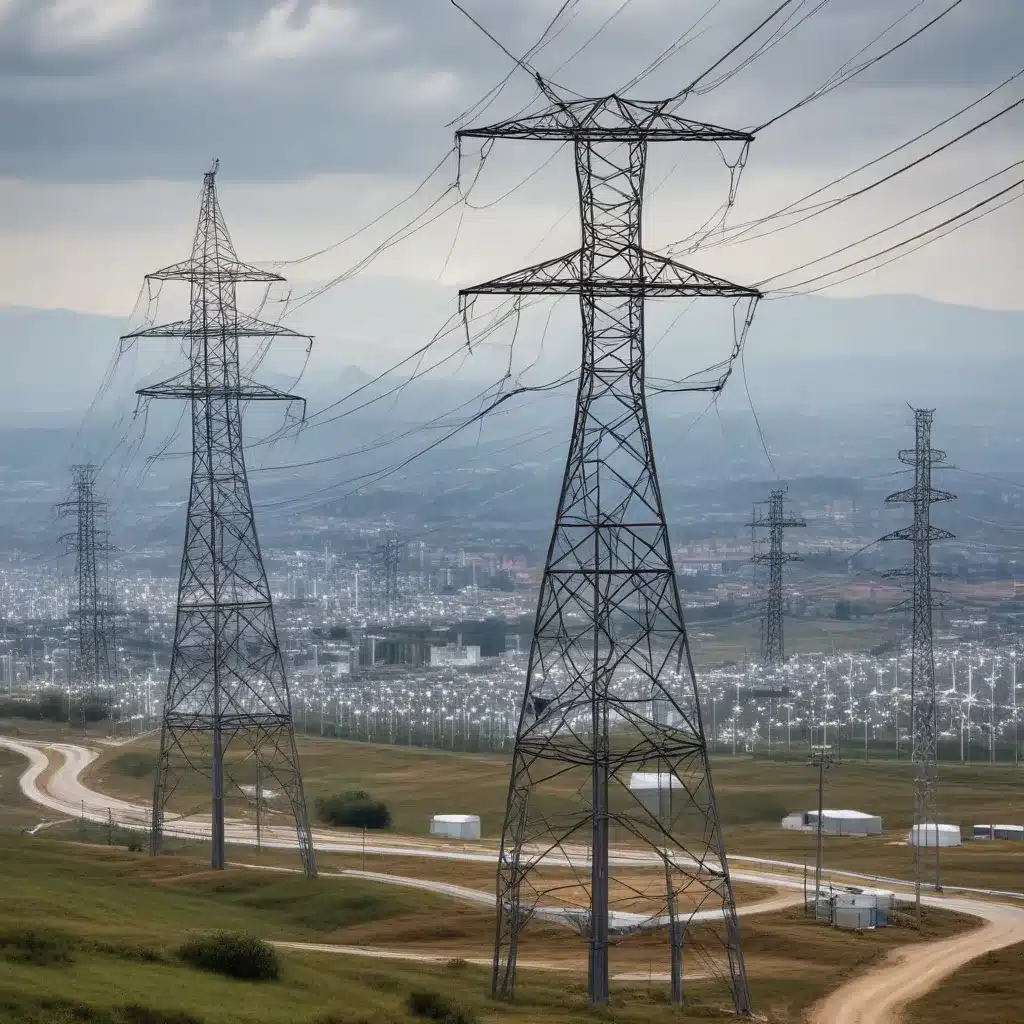
Sustainable Aviation Fuel Adoption: Overcoming Supply Chain, Certification, and Policy Challenges
The global aviation industry is at a critical juncture in its transition toward sustainable operations. As air travel rebounds to pre-pandemic levels and continues growing, the urgency to decarbonize this hard-to-abate sector has never been more pressing. Sustainable aviation fuel (SAF) holds immense promise as a drop-in replacement for conventional jet fuel, with the potential to significantly reduce lifecycle greenhouse gas emissions. However, widespread SAF adoption faces a complex web of supply chain hurdles, certification roadblocks, and policy gaps that must be addressed through collaborative, cross-sector efforts.
Supply Chain Considerations
The production and distribution of SAF is a multifaceted challenge that requires coordinated action across the entire value chain. Feedstock availability and diversification, production capacity and scalability, and logistics and infrastructure limitations are among the key supply-side factors impeding the growth of this nascent industry.
Feedstock Availability and Diversification: SAF can be produced from a wide array of renewable and waste-based feedstocks, including agricultural residues, forest and municipal solid wastes, and industrial byproducts. However, securing a reliable, cost-effective, and sustainable supply of these feedstocks remains a significant hurdle. Many feedstocks are geographically dispersed, seasonally variable, and compete with other industries for limited resources. Diversifying the feedstock portfolio is crucial to build a resilient and scalable SAF supply chain.
Production Capacity and Scalability: Global SAF production capacity is currently limited, with only a handful of commercial-scale facilities in operation. Transitioning these early-stage technologies from pilot projects to large-scale production facilities requires significant capital investments, technical expertise, and supportive policy frameworks. Incentivizing the construction of new production plants and expanding existing facilities will be essential to meet the rapidly growing demand for SAF.
Logistics and Distribution Infrastructure: The logistics of collecting, storing, transporting, and ultimately delivering SAF to airports pose another set of challenges. Existing fuel distribution infrastructure, such as pipelines, storage tanks, and fueling stations, is primarily designed for conventional jet fuel, necessitating costly upgrades and modifications. Developing a comprehensive “SAF logistics” ecosystem, including transportation modes, storage facilities, and airport fueling systems, is crucial for reliable and cost-effective SAF supply.
Certification and Standardization
The aviation industry is highly regulated, and the adoption of SAF is contingent on rigorous certification and approval processes to ensure fuel quality, performance, and compatibility with existing aircraft systems.
Fuel Quality and Performance Criteria: SAF must meet stringent technical specifications and undergo extensive testing to demonstrate its suitability for use in commercial aviation. This includes evaluating factors such as energy density, freezing point, viscosity, and combustion properties, among others. Establishing globally harmonized fuel quality standards and certification protocols is essential to facilitate the widespread acceptance of SAF.
Approval and Licensing Processes: The approval of new SAF pathways and blending compositions is a complex and time-consuming process, often taking several years to complete. Streamlining these approval and licensing procedures, while maintaining robust safety and sustainability standards, can accelerate the integration of SAF into the global aviation fuel supply.
Compatibility with Existing Aircraft Systems: Ensuring the seamless integration of SAF with existing aircraft engines and fuel systems is a critical requirement for widespread adoption. SAF must be “drop-in” compatible, meaning it can be blended with conventional jet fuel without requiring significant modifications to the aircraft or its supporting infrastructure. Demonstrating the long-term reliability and performance of SAF in real-world operations is crucial to gaining the trust and confidence of airlines and aircraft manufacturers.
Policy and Regulatory Environment
The policy and regulatory landscape plays a pivotal role in shaping the market dynamics and investment climate for SAF. Effective policy support and harmonized international frameworks are essential to drive the scale-up of SAF production and usage.
Government Incentives and Support Mechanisms: Governments around the world have introduced a range of policy instruments to incentivize the production and adoption of SAF, including tax credits, production subsidies, blending mandates, and procurement programs. Strengthening and expanding these support mechanisms can help bridge the cost gap between SAF and conventional jet fuel, making the former more economically viable.
Emissions Reduction Targets and Mandates: Several countries and regions have set ambitious emissions reduction targets for the aviation sector, often including specific SAF blending targets or mandates. These policy frameworks provide a clear market signal and drive demand for SAF, encouraging industry investment and innovation. Aligning these targets and mandates across jurisdictions can create a harmonized global market for SAF.
International Harmonization and Coordination: The global nature of the aviation industry necessitates a coordinated, cross-border approach to SAF policy and regulations. Harmonizing certification standards, sustainability criteria, accounting methodologies, and trade practices can facilitate the seamless flow of SAF across national borders, enabling a more efficient and integrated global supply chain.
Technological Advancements
Innovations in SAF production technologies and their integration with existing aviation infrastructure are critical to accelerating the scale-up and deployment of sustainable fuels.
Advanced Biofuel Production Technologies: The development and commercialization of advanced biofuel production pathways, such as Fischer-Tropsch synthesis, alcohol-to-jet, and catalytic hydrothermolysis, can expand the pool of available feedstocks and improve the overall sustainability and scalability of SAF production.
Synthetic Fuel Synthesis Pathways: The emergence of power-to-liquid and other synthetic fuel synthesis technologies, which use renewable electricity, water, and atmospheric CO2 as inputs, holds promise for the future of SAF production. These pathways can potentially decouple SAF from the constraints of biomass availability and agricultural land use.
Integration with Existing Aviation Infrastructure: Seamlessly integrating SAF with the existing aviation fuel distribution and storage infrastructure is essential for a smooth transition. Ongoing research and development efforts aim to develop compatible fuel blending, handling, and storage solutions that can be readily adopted by airports and airlines without major disruptions.
The path toward sustainable aviation is paved with both challenges and opportunities. Addressing the complex supply chain, certification, policy, and technological barriers will require a concerted, collaborative effort among industry stakeholders, policymakers, and researchers. By leveraging Europe’s strengths in renewable energy, advanced biofuel technologies, and progressive climate policies, the region can position itself as a global leader in the sustainable aviation fuel revolution.
The European Future Energy Forum provides an invaluable platform for sharing insights, fostering partnerships, and driving the widespread adoption of SAF. As the aviation industry charts its course toward a low-carbon future, the collective resolve and innovation of all stakeholders will be crucial to realizing a sustainable and prosperous aviation ecosystem.






